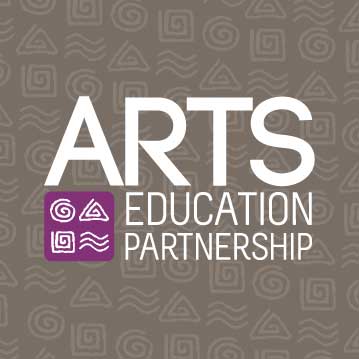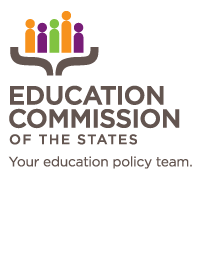The buzz of an alarm signifying a new day, the smell of freshly brewed coffee, the turning of a key in a car ignition, the wheels of a bike moving in smooth repetition, and music and stories filling our ears as we make our daily commutes. Innovative ideas, methods and practices shape and inspire the world in which we live. Each day, we experience the contributions of great leaders, thinkers and doers that make our lives more efficient, safer, gratifying and full of creativity.
As so many before sought to advance the quality of daily life, so too can school leaders develop innovative pathways and strategies to increase the arts in education that transfer to everyday application in classrooms and support ongoing student success in school, work and life.
“As building-level leaders, school principals play a key role in ensuring every student has access to high-quality and equitable arts learning as part of a well-rounded education,” according to the Arts Education Partnership’s recent What School Leaders Can Do to Increase Arts Education — updated in partnership with the National Association of Elementary School Principals. This guide outlines concrete actions, supported by low- or no-cost strategies, that can help school principals create and sustain arts learning opportunities as part of a well-rounded education in their schools.
The Every Student Succeeds Act allows states to develop plans that best support the education needs and goals specific to their communities. When crafting their plans, ESSA requires that states engage teachers and school leaders in six key areas, including for Title I plans, professional learning opportunities under the Title II program and student success and academic enrichment programs. These requirements allow school principals to shape the structure and implementation of their plans to help promote the success of their students through arts learning.
A recent special report from Education Commission of the States supports existing research that “school leadership is found to have one of the greatest influences on student outcomes — second only to classroom instruction — among school-level factors.” By creating an arts-rich learning environment across their schools, leaders can help ensure students receive high-quality instruction and participate daily in dynamic and engaging lessons that bolster thinking skills — both in and out of school. One way to support the arts throughout a school building is to provide arts-based professional development opportunities for educators. Key findings from a three-year arts integration project found that professional learning outcomes for teachers — based on participation and productivity in professional development — correlated with student achievement in arts learning and academic performance outcomes. ESSA allows opportunities to enhance professional development opportunities for educators, and eight states already have identified opportunities for music and arts teachers in their ESSA plans.
While school leaders play a direct role in providing students with access to the arts, state support can help ensure that leaders have the resources and tools they need to do so. In 2017, “several states sought to improve student achievement and produce stronger leaders by providing principals and superintendents increased capacity and greater opportunities to turn around low-performing schools and strengthen thriving ones.” That same year, all 50 states, plus the District of Columbia, adopted standards in arts education — signaling a strong advancement in supporting student achievement and success through arts learning and highlighting the importance of including the arts as part of a well-rounded education. From identifying the arts in a school’s budget to supporting student performances and gallery displays, principals can engage parents and the school community in the school’s educational goals.
While our daily routines may feel less inspired than other activities, it is through innovative ideas and acts of self-expression that shape everyday life as we know it. The arts can provide students with these same opportunities, setting them up for success in school, work and life.




